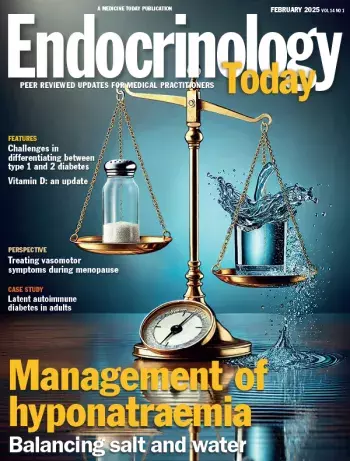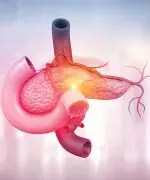Peer Reviewed Feature Articles
Peer Reviewed Regular Series

Physician-authored summaries and commentary on the most important medical research, provided by the NEJM Group, a division of the Massachusetts Medical Society.
© Massachusetts Medical SocietyJ Gen Intern Med
Diabetes Care






